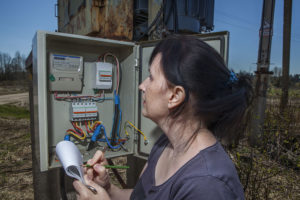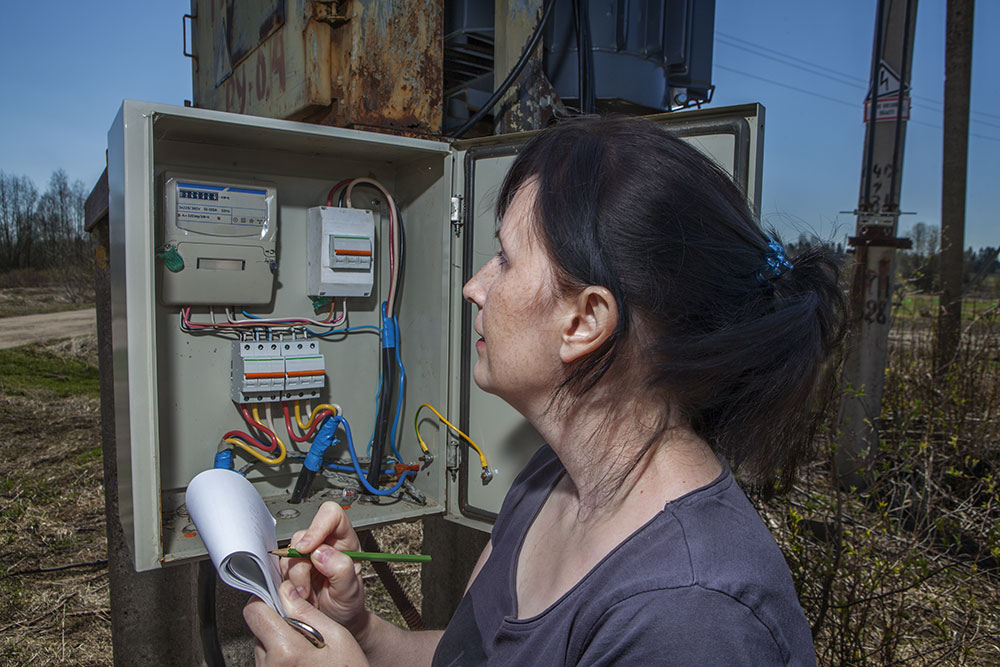Disclaimer: The information on our website is provided for general information purposes only. We make no representations or warranties of any kind, express or implied, about the completeness, accuracy, reliability, suitability or availability with respect to the website or the information contained on our website for any purpose. Any reliance on such information is therefore strictly at your own risk and we are not liable for any damages or losses arising out of or resulting from your reliance on any information contained on our website.
A meter reader is sent to gather data from meters that cannot automatically, electronically report back their usage data. Additionally, most meter readers enter usage data into a handheld computer device and ensure the meter is in good working order. For any meters that seem damaged, they also report the issue. They often drive to meter locations and may walk as well. Next, watch a video to learn what a meter reader does.
How to Become a Meter Reader
Meter readers are trained on-the-job and do not require any formal education. According to O*NET OnLine, most have a high school diploma while others have taken some college courses. However, there are some meter readers that have earned an associate’s degree. To become a meter reader, you’ll need to pass a drug test, background check, and hold a valid driver’s license. Since experience and education are not required, you would want an application to convey that you are dependable, a hard worker, and perhaps have had a job that required some outdoor aspect to it.
Job Description of a Meter Reader

A meter reader collects data from electric, water, gas, or steam meters that do not report back automatically. In fact, these meters must be read so the appropriate usage payments can be billed to the user. To do this, meter readers must also visit site locations at office buildings, homes, and various outdoor locations. They may use a vehicle to go from location to location or walk if the meters are in close proximity from one another.
While they are at each meter, they would also do a visual inspection of the meter and check it for any damage or broken seals. They may also come across a meter that has an unauthorized connection. Such findings would be reported and investigated.
Meter Reader Career Video Transcript
Every time you turn on a light, cook food, or get water from a faucet, you are using a public utility. To track the use of utilities such as gas and electricity in both homes and businesses, usage meters are read and monitored by utility meter readers. Besides recording resource usage on meters at residences and business locations, meter readers inspect the units for damage, order repairs, and check for unauthorized connections. They may turn off service for suspected tampering or unpaid bills.
Handheld microcomputers are often used to speed the job and increase accuracy for billing. Meter readers work outdoors in all kinds of weather and generally work alone. Physical demands of the job include a lot of walking and stair-climbing. Encounters with overprotective dogs are not uncommon either. A high school education or its equivalent is required.
Usually, meter readers need a driver’s license and must pass a drug test and background check. They may train with a more experienced reader. As more and more automated meter reading systems are phased in, meter reader positions are decreasing. But as long as utility meters need a personal inspection, meter readers will stay on the go to keep homes and organizations running.
Article Citations
Bureau of Labor Statistics, U.S. Department of Labor, Occupational Outlook Handbook, Meter Readers, Utilities.
National Center for O*NET Development. 43-5041.00. O*NET OnLine.
The career video is in the public domain from the U. S. Department of Labor, Employment and Training Administration.

